Throughout history, certain musical instruments have revolutionized the way we create and experience music. These pioneering instruments not only brought new sounds and techniques but also influenced entire genres and cultural movements. Here, we delve into the origins and stories behind some of the most impactful musical instruments ever made.
Piano

Bartolomeo Cristofori, an Italian instrument maker, invented the piano around 1700. He sought to create a keyboard instrument capable of both soft and loud dynamics, unlike the harpsichord. Cristofori’s invention featured hammers striking strings, allowing for varied expression. Early pianos, or “fortepianos,” were smaller and lighter than today’s models. Over time, innovations improved their range and sound quality. By the 19th century, the piano had become central to Western classical music and home entertainment.
Violin
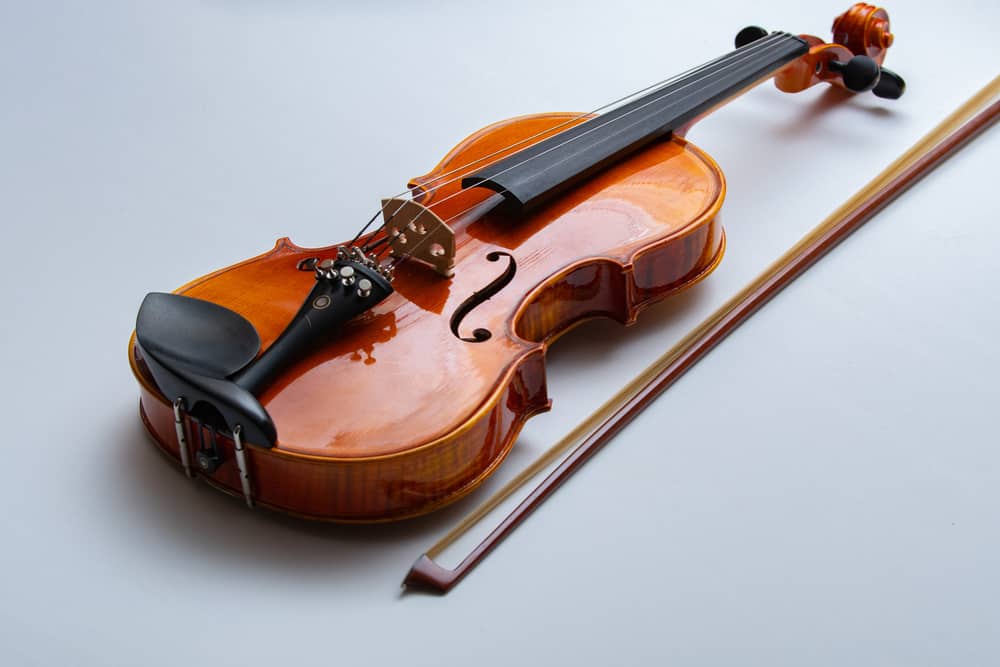
The violin’s development began in 16th-century Italy. Andrea Amati crafted one of the first known violins in the 1550s. His design set the standard for future violin makers. The violin evolved from earlier stringed instruments like the medieval fiddle and rebec. Stradivari and Guarneri, two famed families of luthiers, perfected the violin in the 17th and 18th centuries. Their instruments are still highly prized. The violin became essential in orchestras, chamber music, and solo performances, influencing composers and performers alike.
Electric Guitar
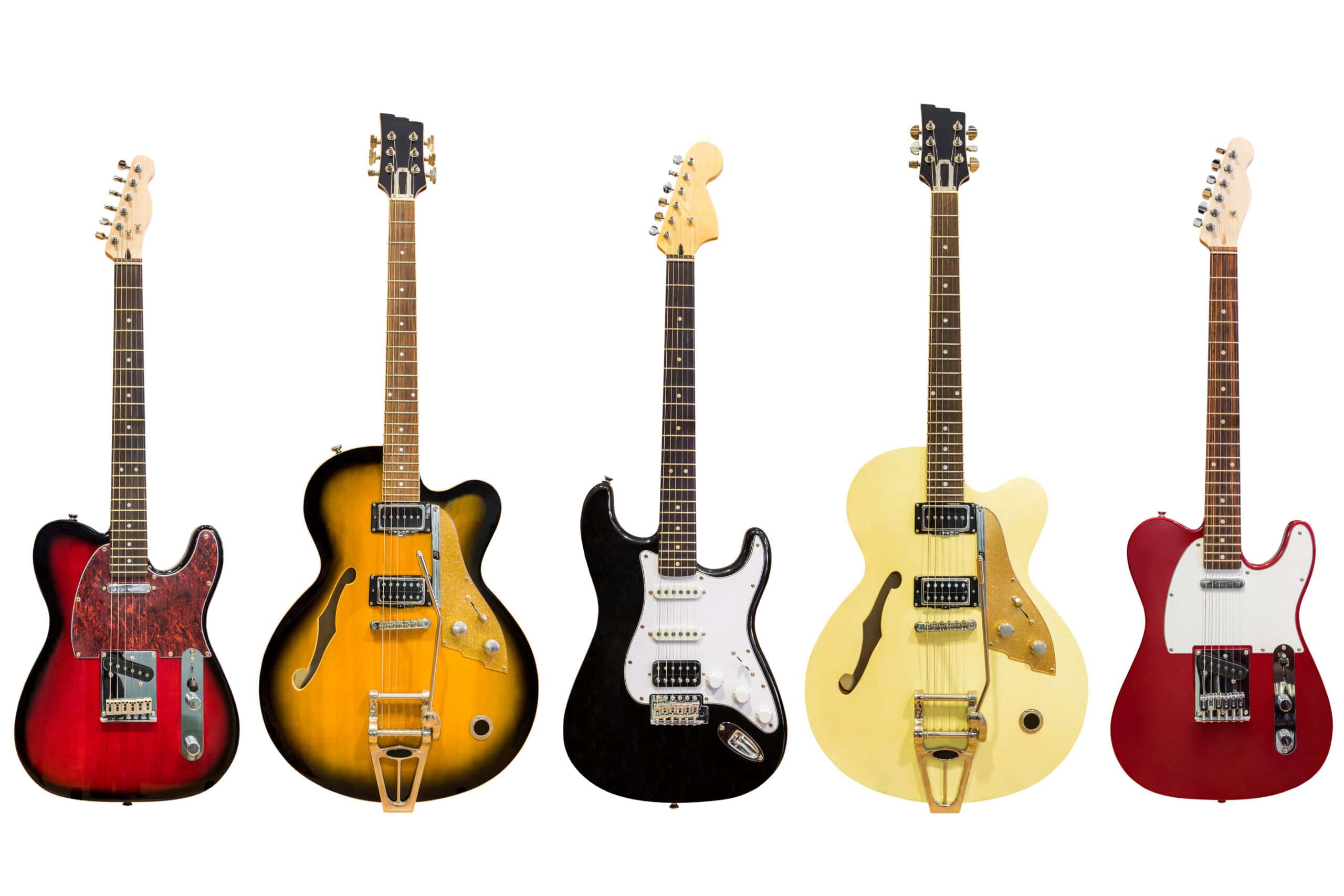
The electric guitar emerged in the early 20th century. George Beauchamp and Adolph Rickenbacker invented the first commercially viable electric guitar in 1931. Their design used electromagnetic pickups to amplify string vibrations. The electric guitar gained popularity in the 1950s and 1960s, with pioneers like Les Paul and Leo Fender enhancing its design. It became the backbone of rock and roll, revolutionizing music with its powerful, amplified sound and shaping the modern music landscape.
Saxophone

Adolphe Sax, a Belgian inventor, created the saxophone in the 1840s. He aimed to bridge the gap between woodwind and brass instruments. The saxophone’s conical bore and single-reed mouthpiece gave it a unique, expressive tone. Initially, classical composers and military bands embraced the saxophone. Jazz musicians later adopted it, making it a defining instrument in the genre. The saxophone’s versatility and distinctive sound have secured its place in various musical styles.
Synthesizer
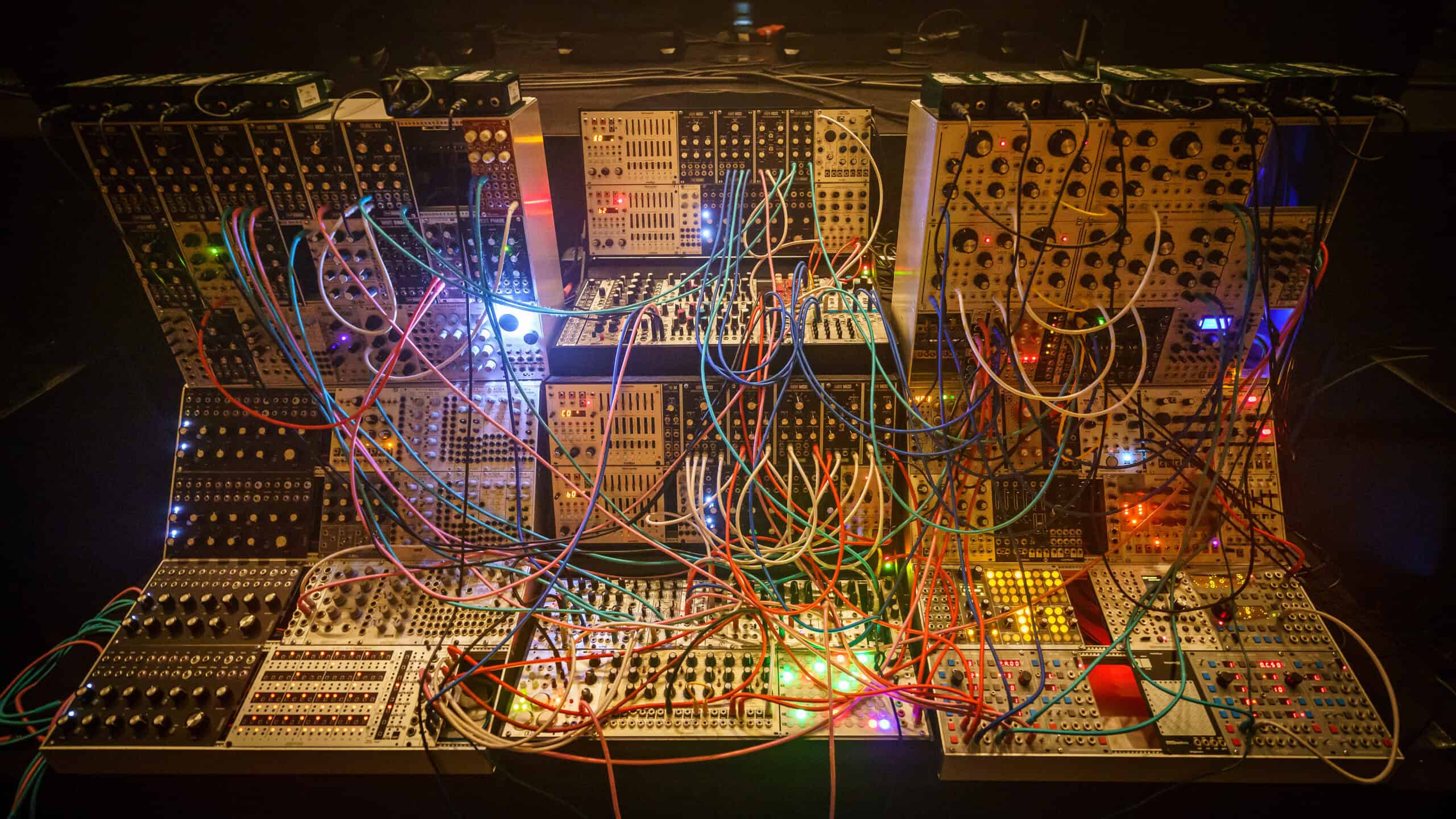
Robert Moog, an American engineer, revolutionized music with the invention of the Moog synthesizer in the 1960s. His synthesizer used voltage-controlled oscillators to create electronic sounds. This innovation allowed musicians to produce a vast range of tones and effects. Early synthesizers were bulky and expensive, but advancements made them more accessible. By the 1970s and 1980s, synthesizers had transformed pop, rock, and electronic music. Artists like Wendy Carlos and Kraftwerk showcased their potential, changing the musical landscape forever.
Drum Kit
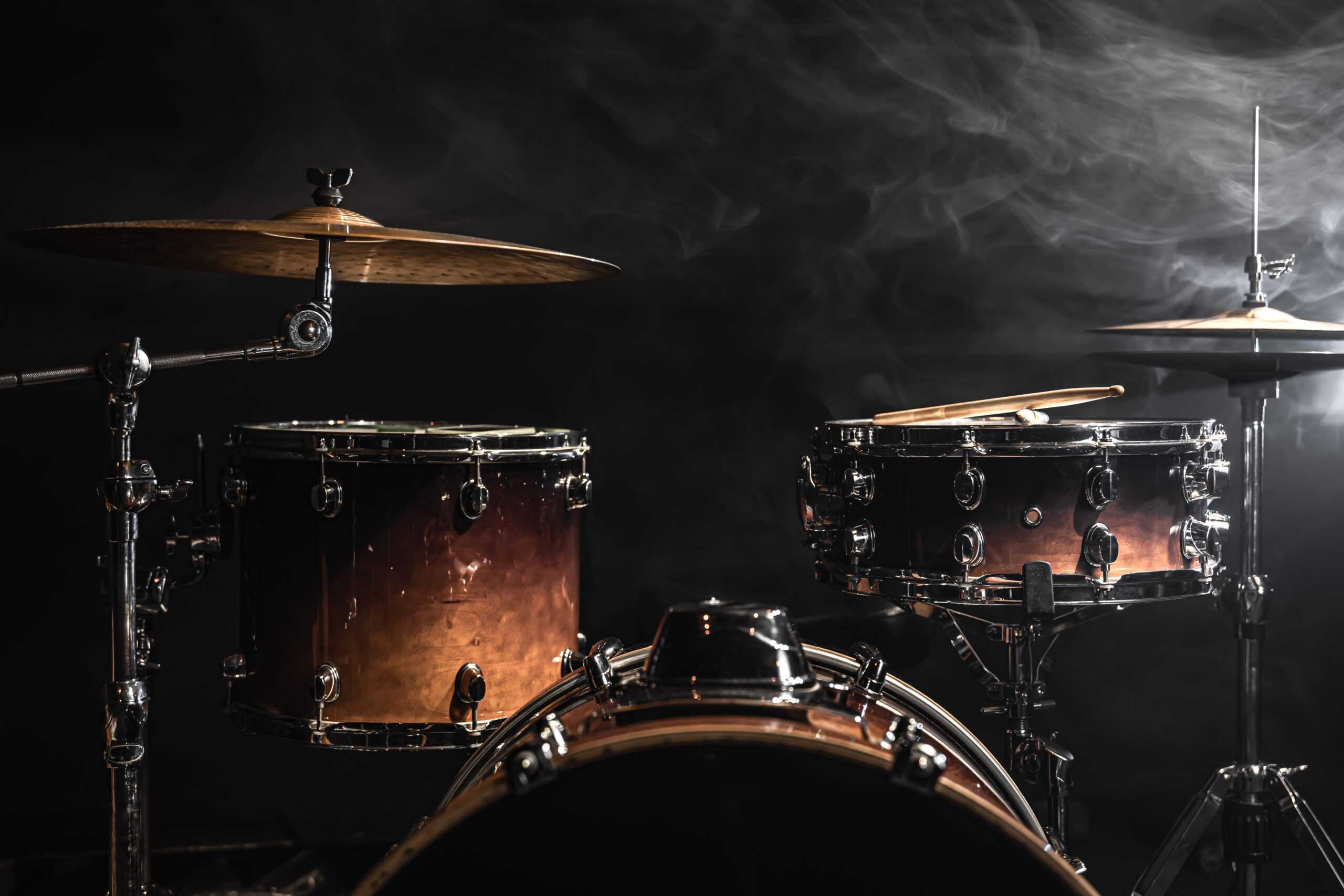
The modern drum kit developed in the early 20th century. It combined various percussion instruments into a single setup. Jazz musicians first popularized this configuration, allowing one player to produce a full range of rhythms. William Ludwig, an American drum maker, innovated with the creation of the bass drum pedal in 1909. This invention enabled drummers to play multiple drums simultaneously. The drum kit became a staple in rock, jazz, and pop music, driving the rhythm in countless songs.
Trumpet
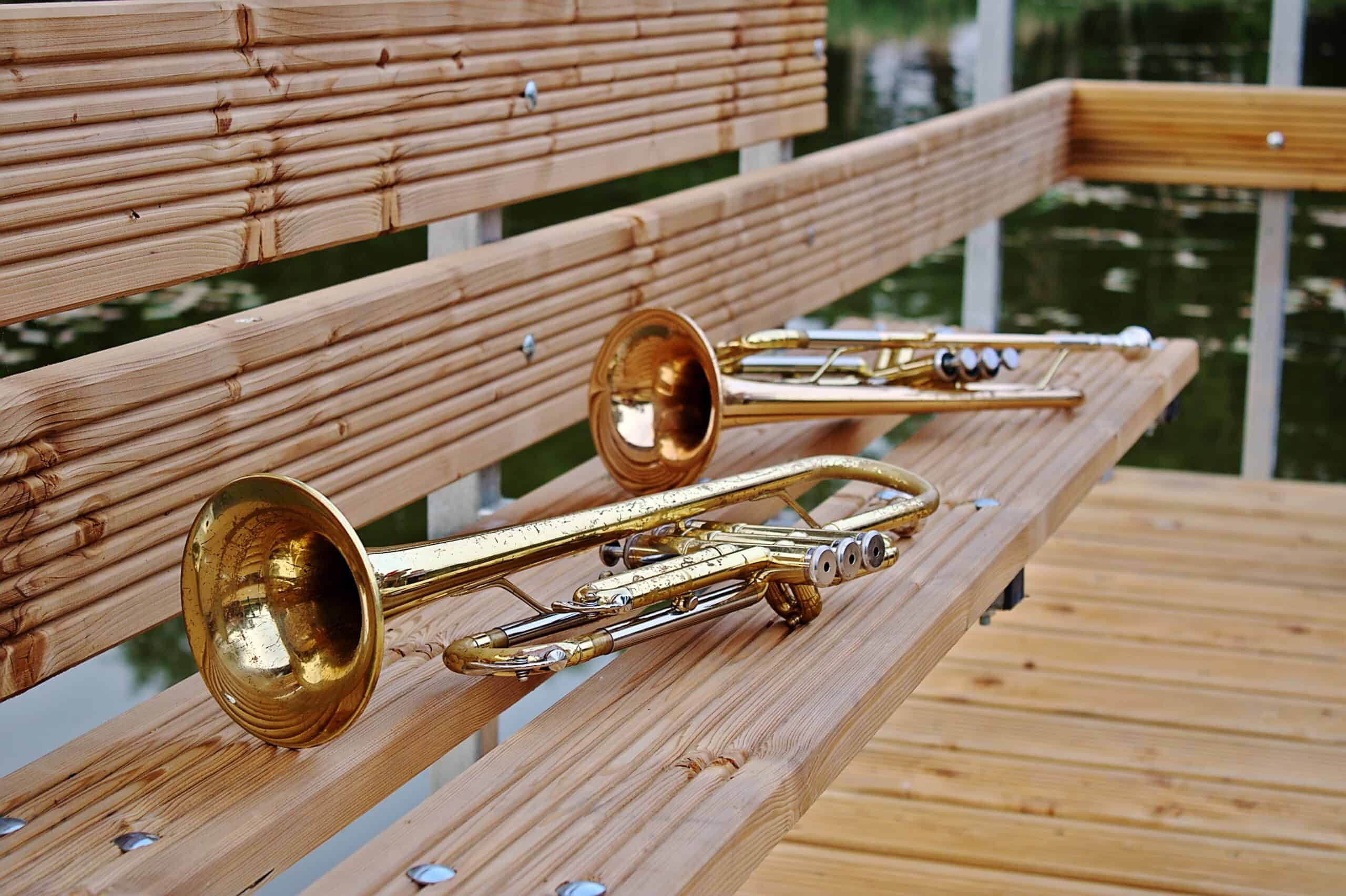
The trumpet’s history dates back to ancient civilizations. However, the modern trumpet evolved in the 15th century. Instrument makers developed valves in the early 19th century, allowing for more precise pitch control. Joseph Haydn and Johann Nepomuk Hummel composed some of the earliest known works for the valved trumpet. The instrument’s bright, powerful sound made it essential in classical, jazz, and popular music. Today, the trumpet remains a vital part of musical ensembles worldwide.
Acoustic Guitar

The acoustic guitar has ancient origins, with early versions appearing in various cultures. The modern form emerged in Spain in the 19th century. Antonio Torres Jurado, a Spanish luthier, is often credited with creating the first modern acoustic guitar. His design featured a larger body and improved bracing, enhancing volume and tone. The acoustic guitar became central to folk, classical, and pop music. Its versatility and expressive range have made it a favorite among musicians and songwriters.
Clarinet
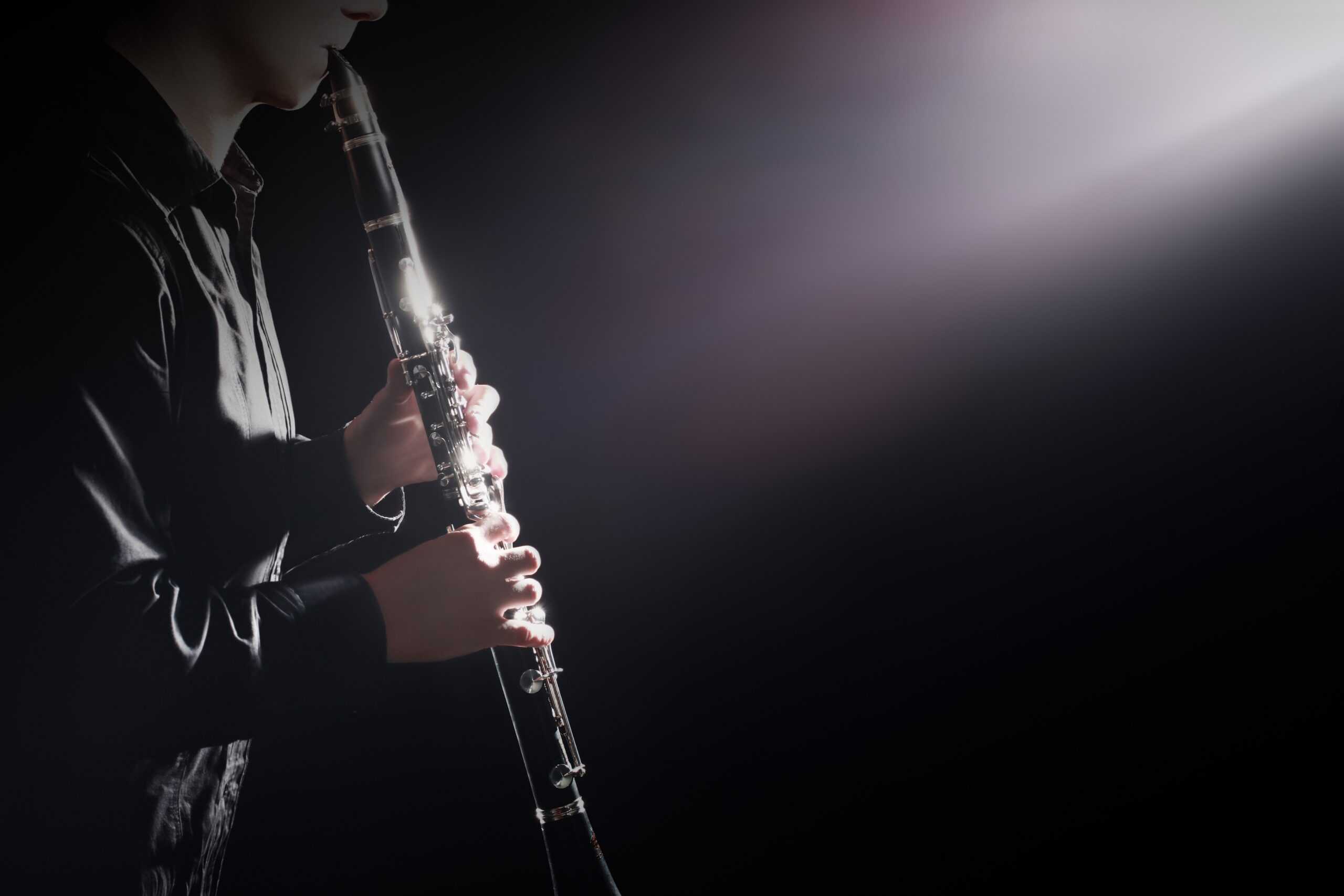
The clarinet emerged in the early 18th century. Johann Christoph Denner, a German instrument maker, is credited with inventing it. The instrument evolved from the chalumeau, a Baroque single-reed woodwind. Its early models had only two keys, but additional keys were gradually added for more versatility. By the mid-18th century, composers like Mozart began writing specifically for the clarinet. This helped establish its place in classical music. The clarinet’s rich and mellow sound made it a favorite in jazz, as well. Innovators like Benny Goodman pushed its boundaries further, making it a staple in multiple genres.
Cello
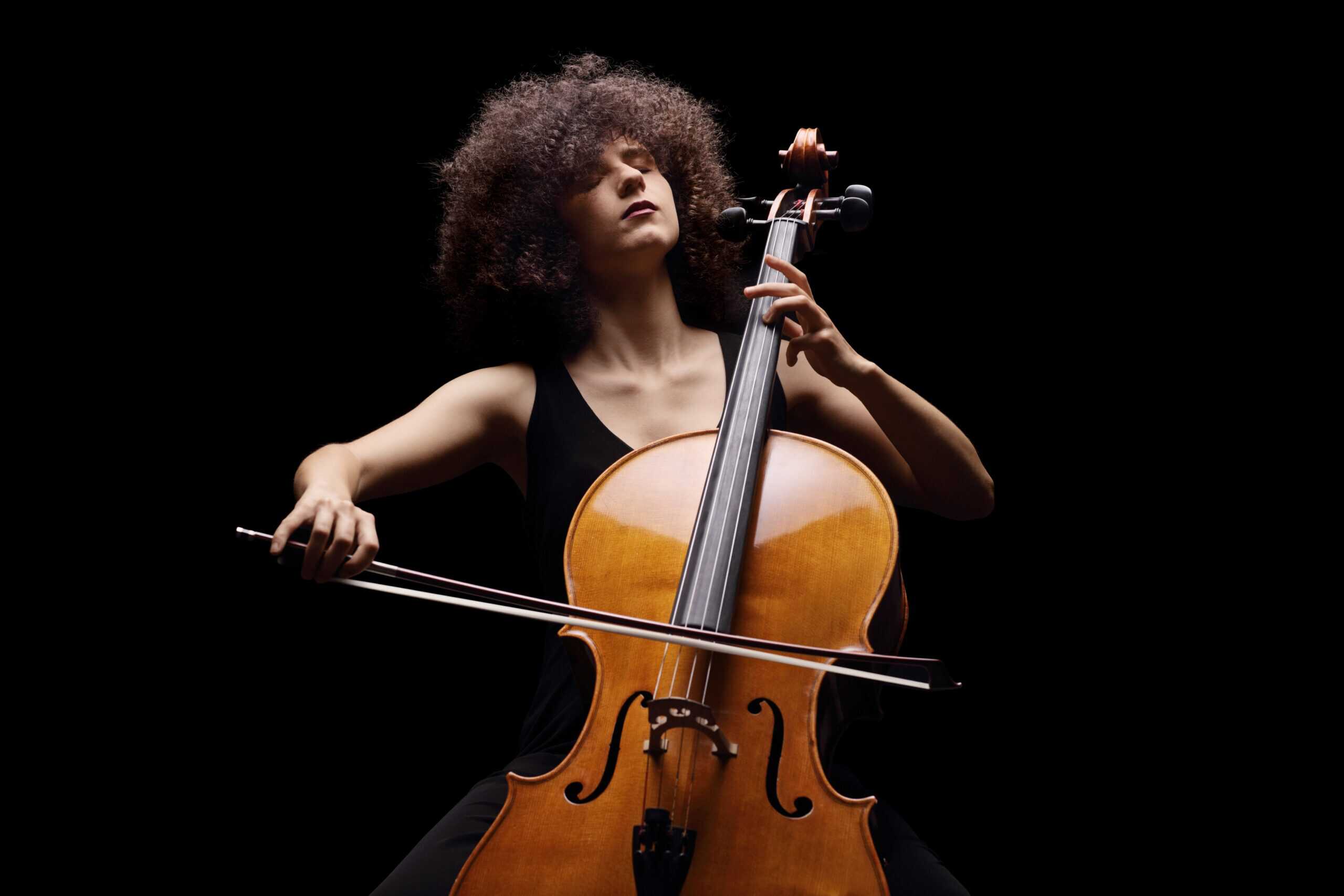
The cello originated in the early 16th century in Italy. Andrea Amati, a renowned luthier, created some of the first known cellos. These early instruments were larger and had a deeper tone compared to the modern cello. Over time, makers refined its size and shape, improving its playability and sound quality. The instrument became a central figure in the Baroque and Classical eras. Composers like Bach and Haydn wrote extensively for it, showcasing its lyrical capabilities. The cello’s rich, warm tones make it a beloved instrument in both solo and ensemble settings.
Harpsichord
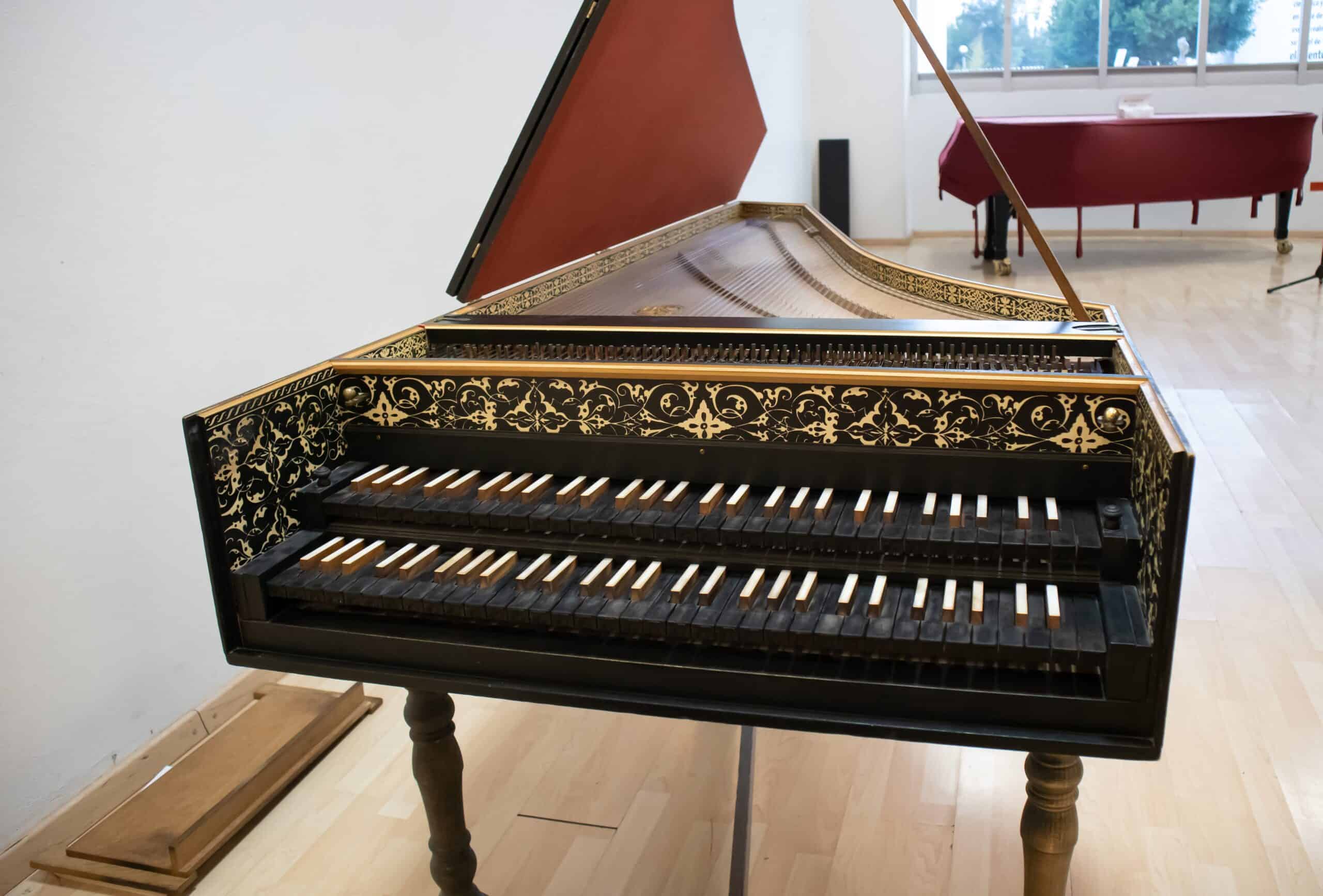
The harpsichord appeared in the late Middle Ages, gaining prominence in the Renaissance and Baroque periods. Its invention is attributed to several early makers across Europe. The instrument operates by plucking strings with quills, producing a bright and percussive sound. Unlike the piano, it cannot vary its volume by touch. It became essential in baroque ensembles and for solo repertoire. Composers like Bach and Handel wrote extensively for it. Despite being overshadowed by the piano in the 18th century, the harpsichord experienced a revival in the 20th century.
Theremin
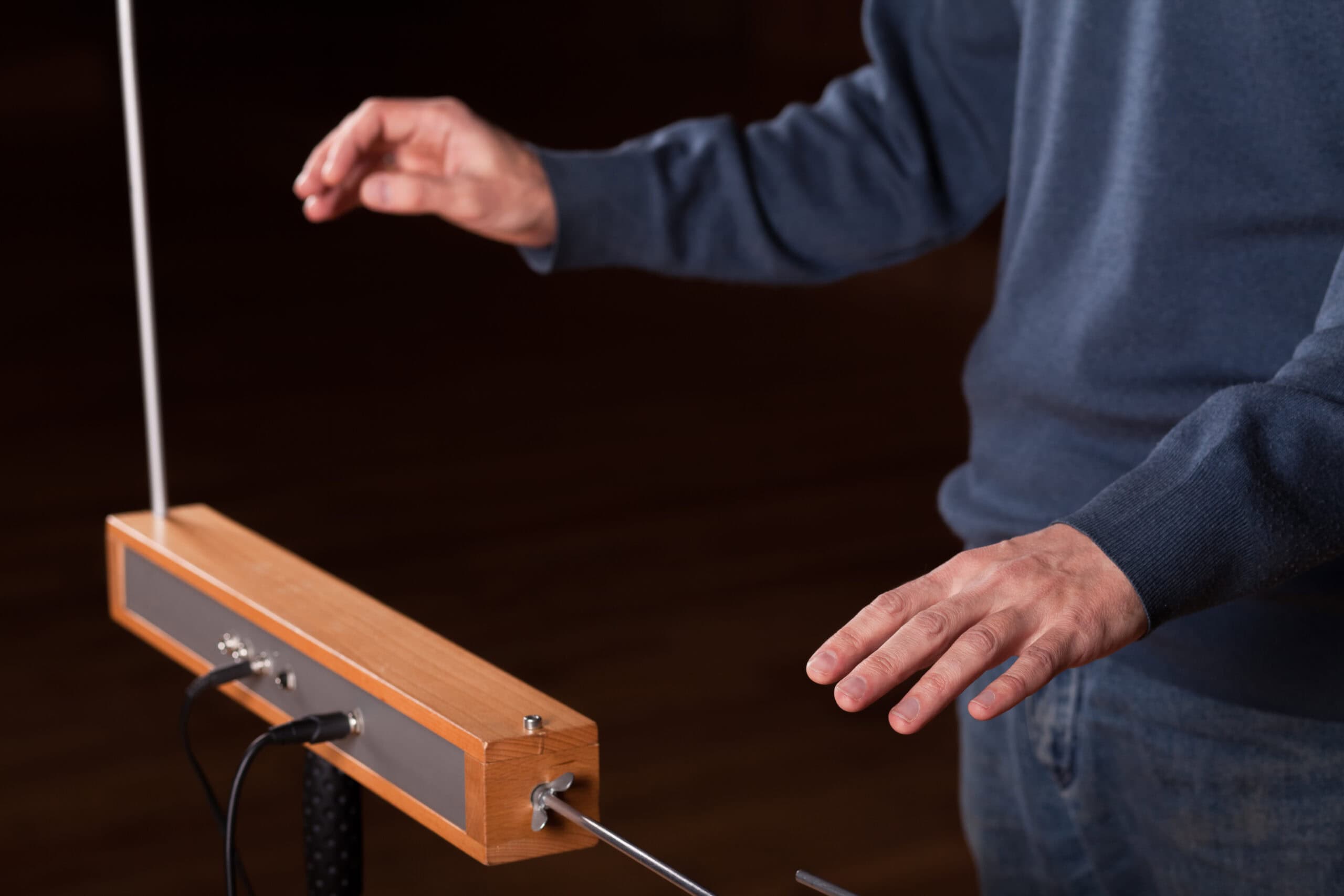
The theremin, one of the first electronic instruments, was invented by Léon Theremin in 1920. It produces sound without physical contact. Players manipulate electromagnetic fields around two metal antennas, controlling pitch and volume with hand movements. Its eerie, otherworldly sound made it popular in early science fiction film scores. The theremin found a unique niche in avant-garde and electronic music. Pioneers like Clara Rockmore brought it to concert stages, demonstrating its expressive potential. It continues to intrigue musicians and audiences alike.
Flute
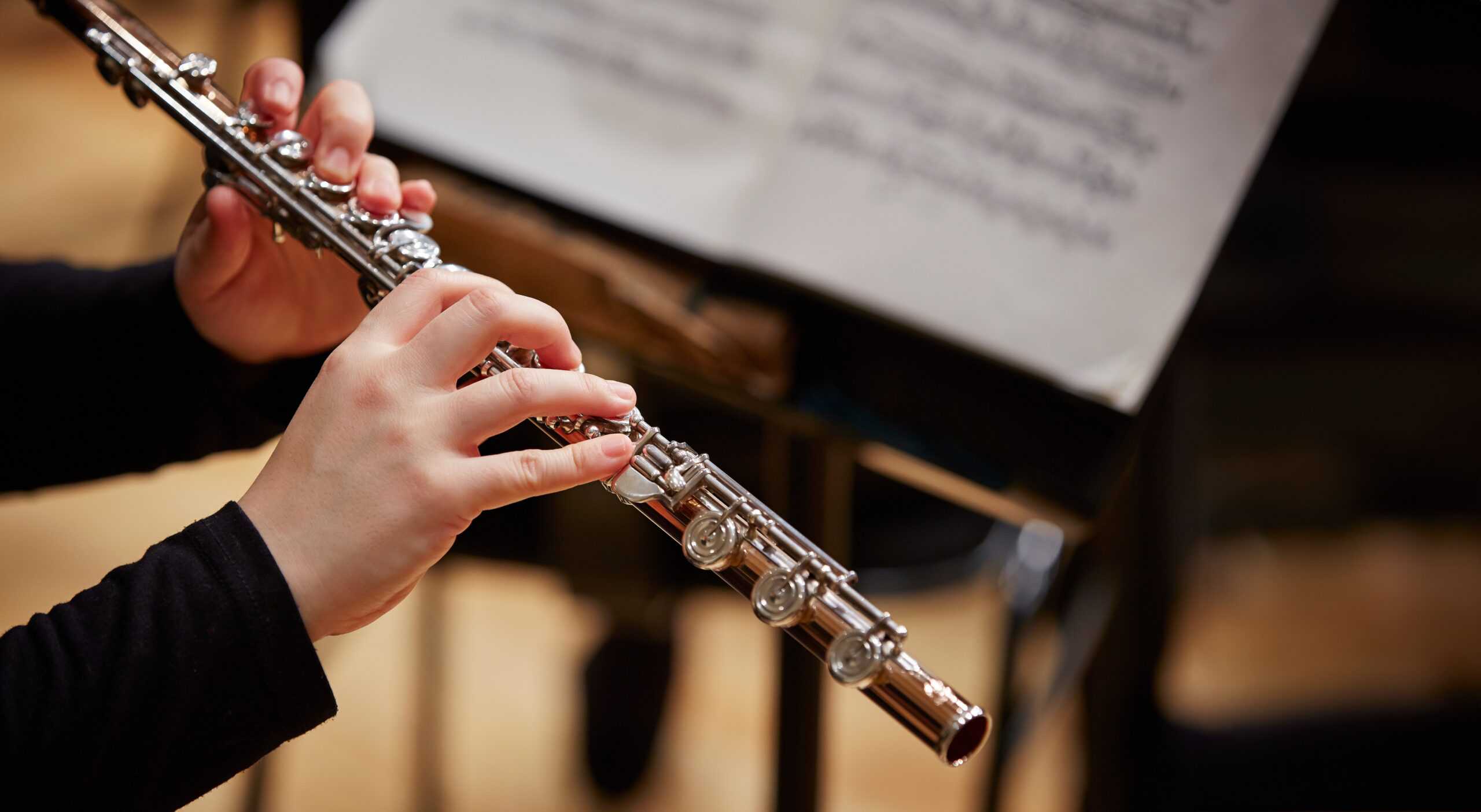
The flute is one of the oldest musical instruments, with origins tracing back to prehistoric times. Early flutes were made from bone, wood, or reeds. The modern concert flute, however, developed in the 19th century. Theobald Boehm, a German flutist and inventor, revolutionized its design. He introduced key mechanisms that improved playability and tuning. The flute’s clear, bright sound makes it a staple in orchestras and solo performances. Its versatility spans classical, jazz, and world music. Musicians value the flute for its expressive range and agility.
Accordion

The accordion was patented in the early 19th century by Cyrill Demian, an Armenian craftsman in Vienna. It featured a keyboard and bellows, producing sound by forcing air through reeds. The instrument quickly gained popularity across Europe, becoming central to folk music traditions. Notably, it became a staple in French, German, and Italian music. Its portability and versatility made it popular with street musicians and in dance halls. The accordion’s unique sound and ease of use ensured its continued presence in various musical genres.
Bagpipes
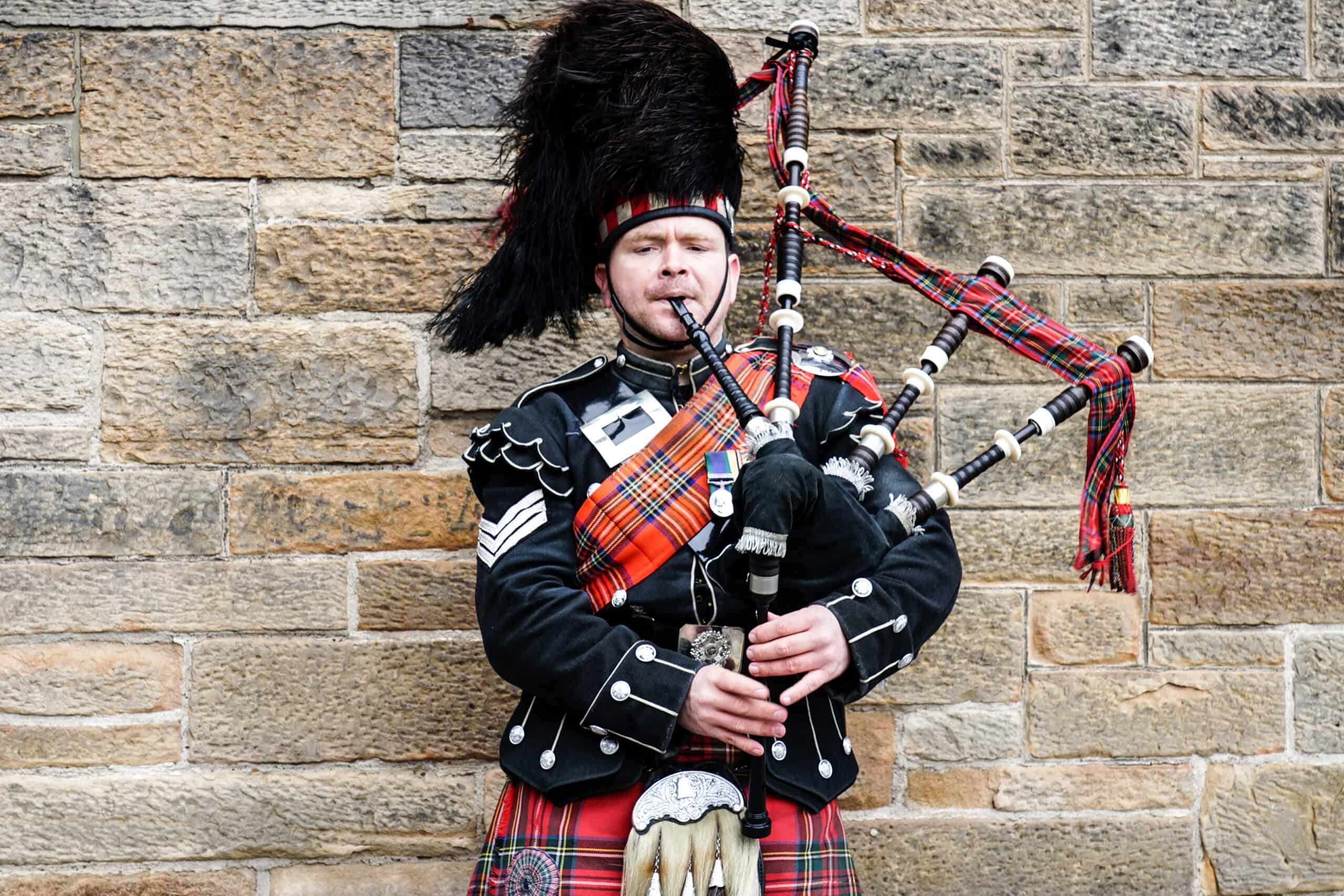
Bagpipes have ancient origins, with evidence dating back to the Middle East around 1000 BC. They became prominent in the Celtic regions, especially Scotland and Ireland, where they evolved into their modern form. Traditionally, they consist of a bag, chanter, and drones. The Great Highland Bagpipe is the most well-known type today. Bagpipes became integral to military and ceremonial music in Scotland. Their distinctive sound symbolizes national pride and cultural heritage in Celtic music.
Marimba
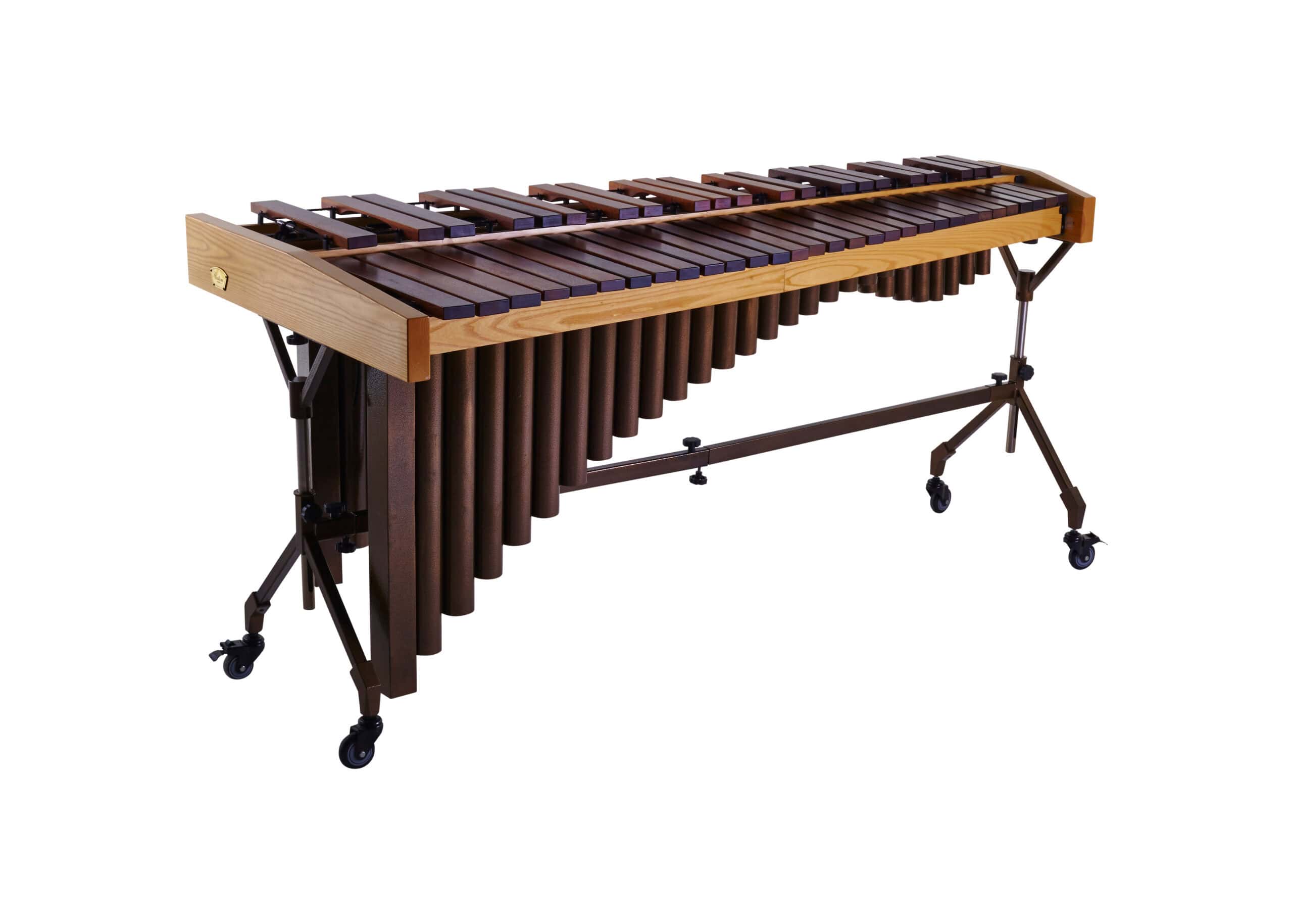
The marimba’s roots trace back to Africa, where early versions used gourds as resonators. Central American musicians, particularly in Guatemala, refined it in the 16th century. They replaced gourds with wooden resonators and added a chromatic scale. This development made the marimba suitable for complex compositions. The instrument became integral to classical and Latin American music. Its resonant, warm tones have made it a favorite in both traditional and contemporary settings.
Harmonica
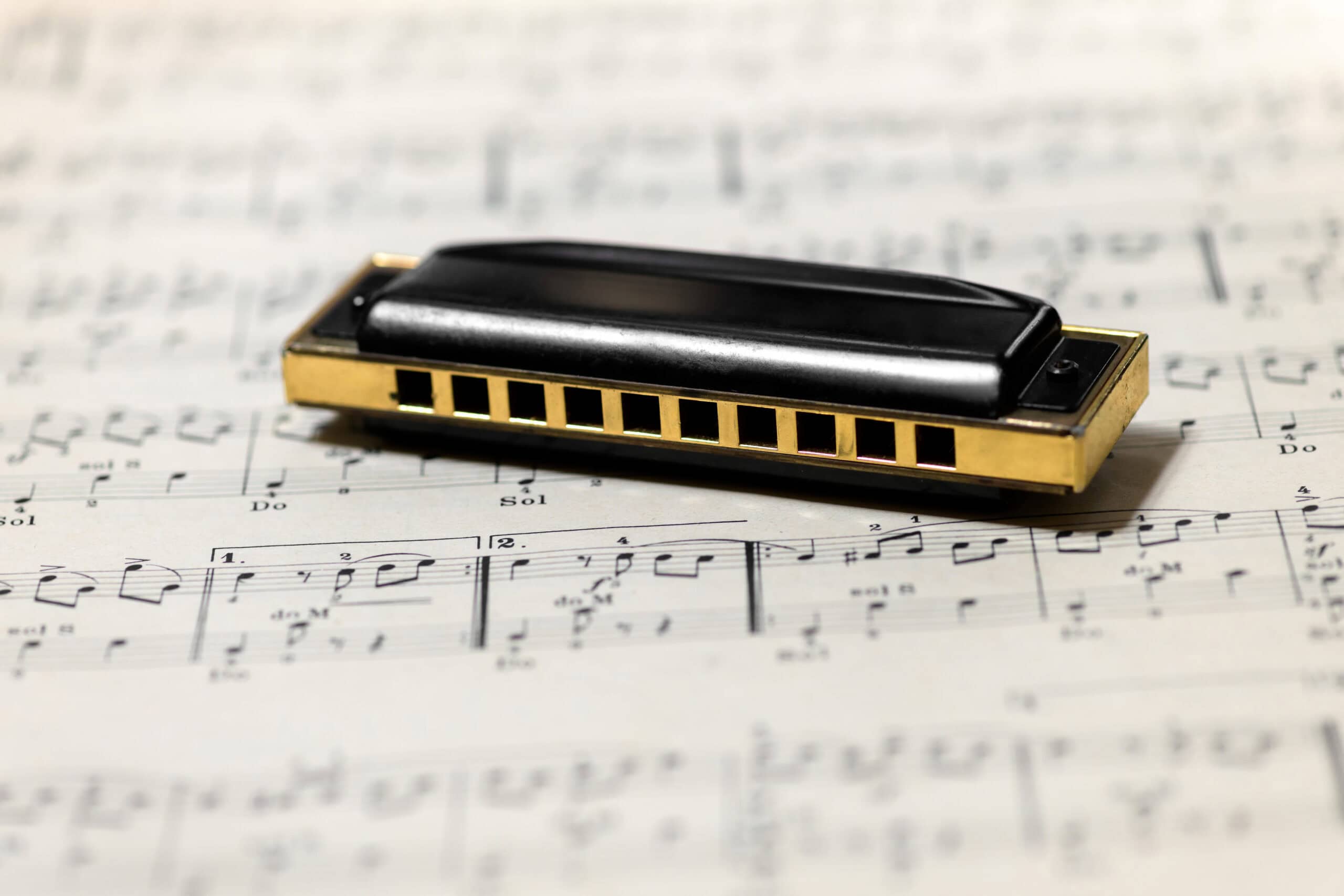
The harmonica, also known as the mouth organ, originated in Europe in the early 19th century. Christian Friedrich Ludwig Buschmann, a German clockmaker, is often credited with its invention in 1821. The instrument became popular for its portability and expressive sound. Harmonica found its way into blues, folk, and rock music, becoming a staple. Its simplicity and emotional depth have made it beloved by musicians worldwide. Icons like Bob Dylan and Little Walter have showcased its versatility.
Tabla
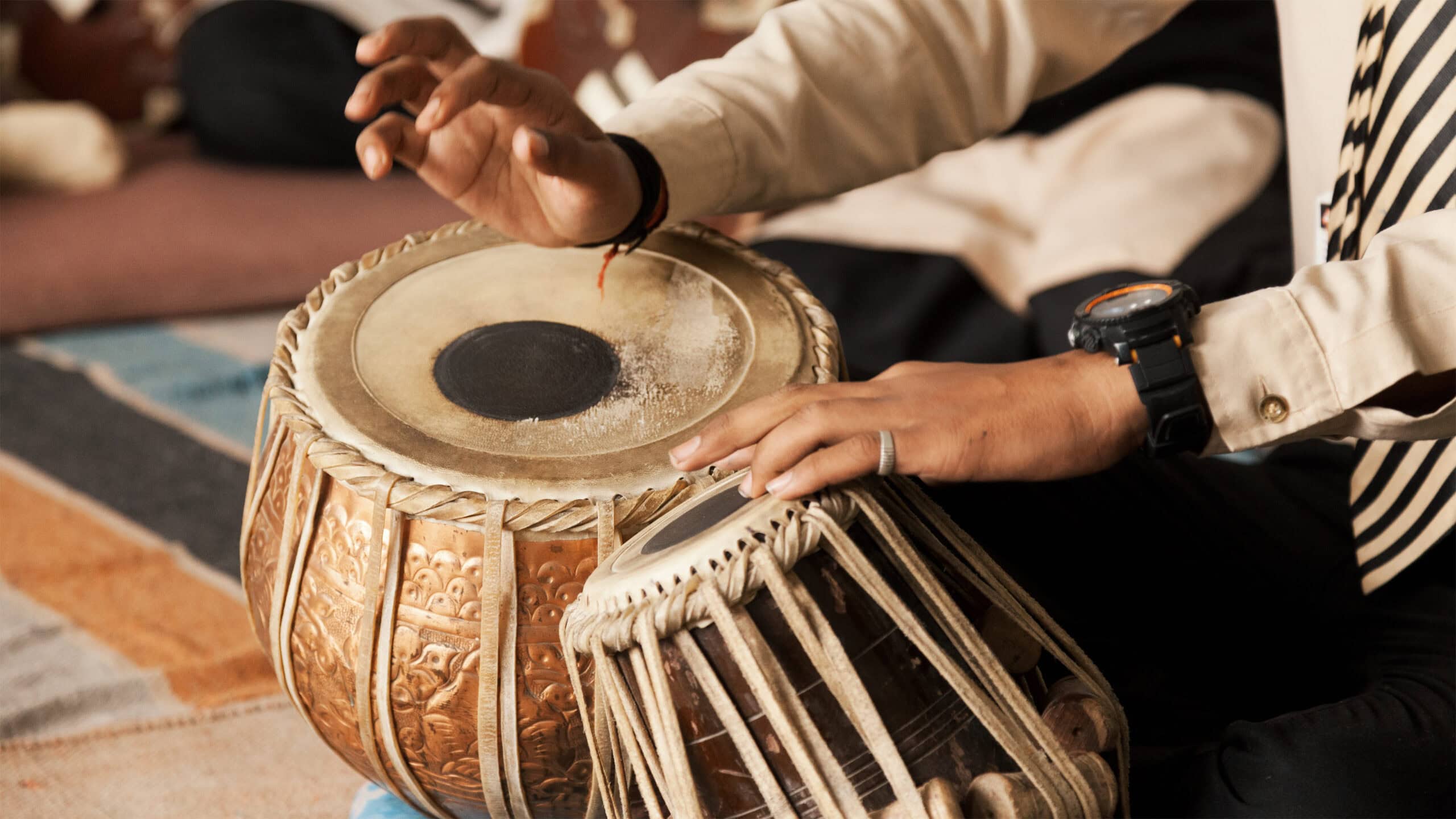
The tabla emerged in the Indian subcontinent, with roots tracing back to the 13th century. Amir Khusrow, a musician and poet, is often credited with its invention. The instrument comprises two drums, the dayan and bayan, played with hands and fingers. Tabla plays a crucial role in Hindustani classical music, accompanying vocalists and instrumentalists. Its intricate rhythms and tonal qualities make it unique. Renowned players like Zakir Hussain have brought global recognition to the tabla.
Banjo
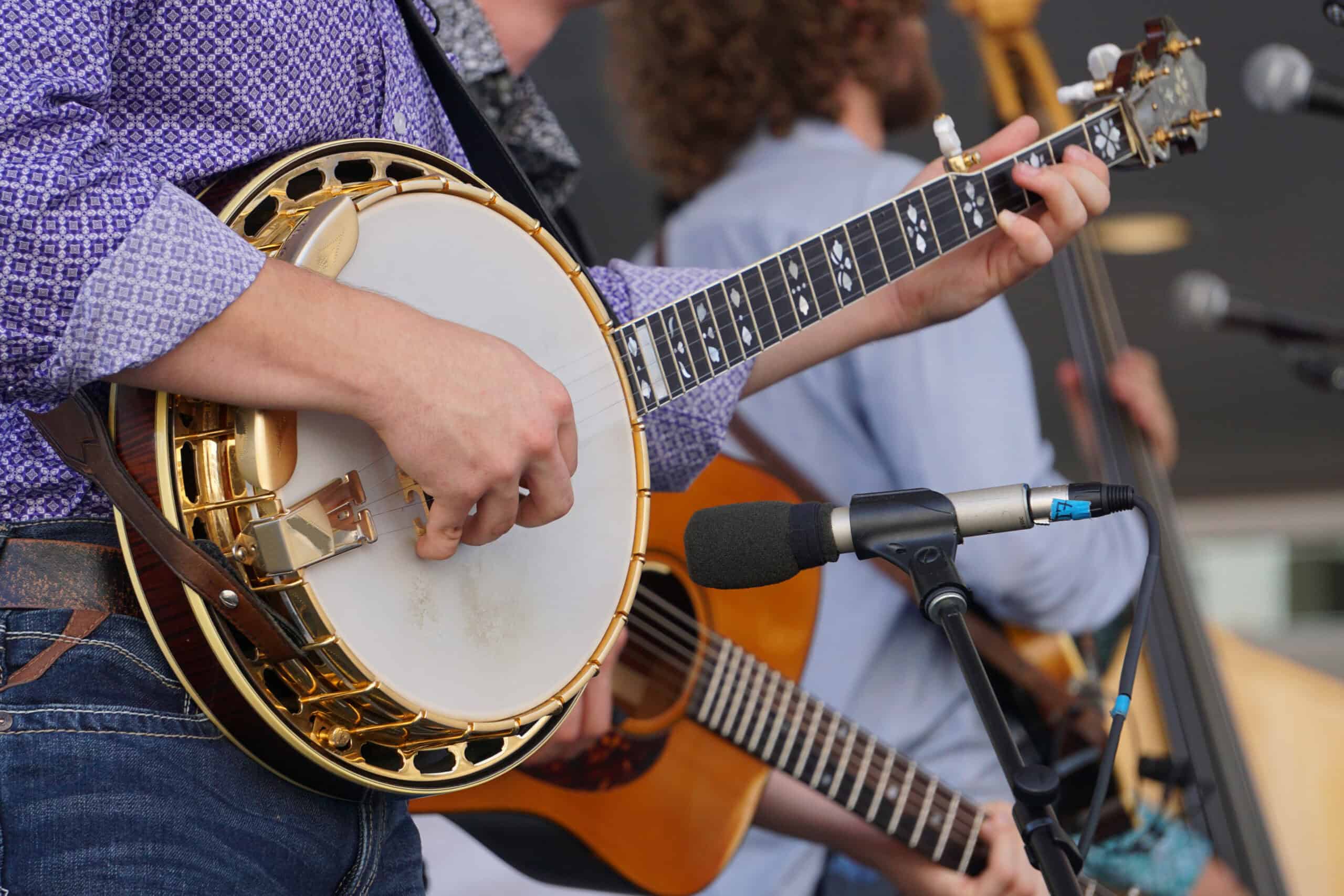
The banjo has African origins, brought to America by enslaved Africans. Early versions featured a drum-like body and a stick neck with strings. Joel Sweeney, a Virginian, popularized the five-string banjo in the 1830s. The instrument became central to American folk, bluegrass, and country music. Its bright, twangy sound and rhythmic capabilities set it apart. Iconic musicians like Earl Scruggs revolutionized banjo playing, cementing its place in American music history.
This article originally appeared on Rarest.org.
More from Rarest.org
1946 Walking Liberty Half Dollar Value Guide

Are you having difficulty looking for coin guides, especially for the pennies made in the 1940s? No worries! This article guide discusses the more than 70-year-old coin made in history – the 1946 Walking Liberty half dollar value. Read More.
13 Horse Coat Colors from Least to Most Rare

Horse coat colors vary widely. This guide explores these beautiful coat colors in detail, ranking them from least to most rare. Read More.
9 Most Elusive Big Cat Species

Big cats are majestic creatures. Some are incredibly elusive, rarely seen by humans. This article explores the most elusive big cat species. Read More.
